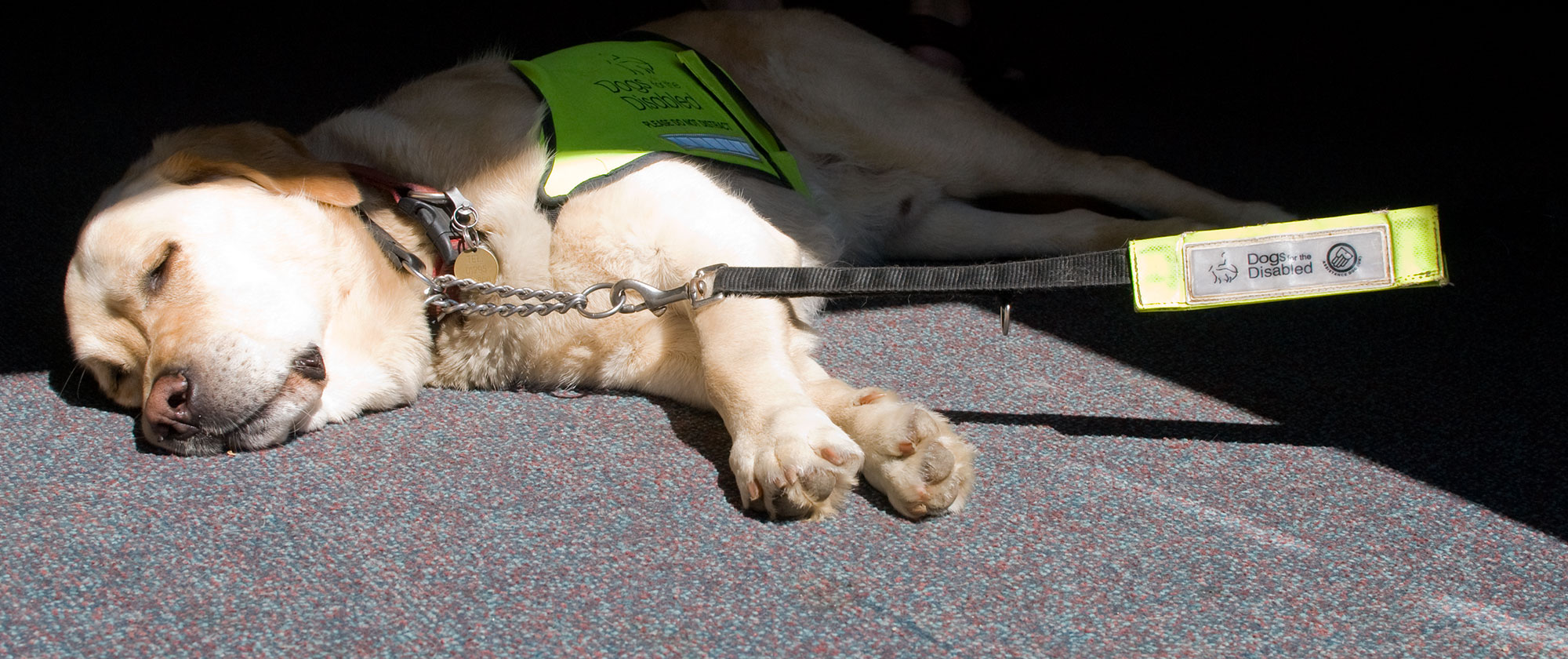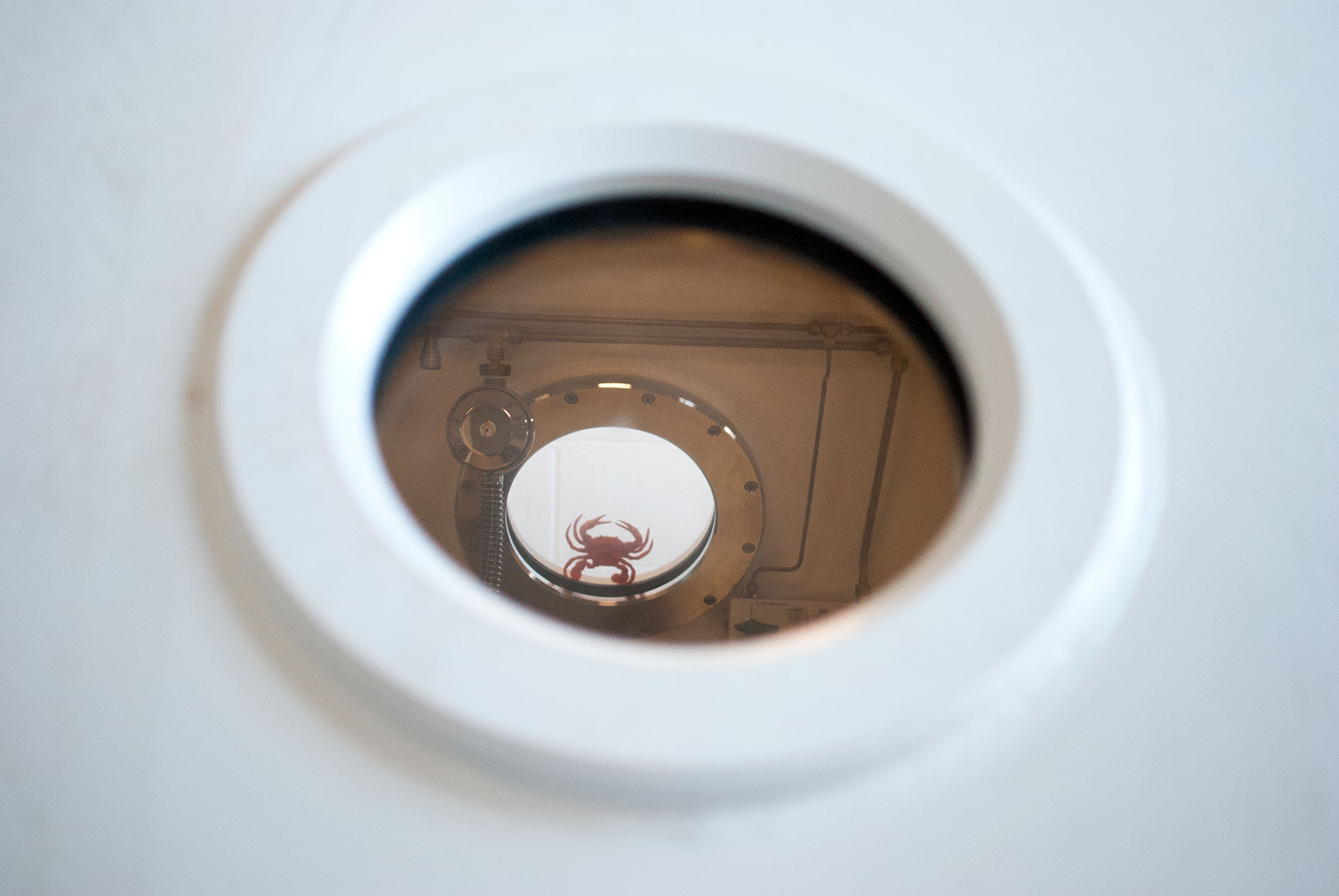It’s not really Project MS, it’s ‘project me’.
Project managing the most important project of our lives can get pretty stressful if we allow it to. When you think about it, we all project manage our own health (to a greater or lesser extent) every day of our lives.
If we go out to a party we might try and arrange not to have anything too taxing to do the day afterwards. If we help friends celebrate a little too enthusiastically with either cake or booze or a very late night we might take a few more walks, early nights and fewer parties for the next few weeks.
I’m choosing to be aware of my own behaviours in order to get the best care for myself.
We need to be our own project managers and call on the trades that have historically done us well: physiotherapists, nutritionists and a variety of bodywork technicians.

The impact of disordered blood flow in the MS patient, it has been argued, contributes to the lesions or scars in brain tissue and perhaps an overall shrinking of brain volume over time (although reduced activity can also be at fault here?) Deterioration in mobility for people with multiple sclerosis is, in part affected by having less real estate in the brain for messages to get through to where they need to go.
The head needs a steady flow of blood to transport oxygen and glucose to the brain. In MS patients with slower blood flow it has been hypothesised, brain cells can die sooner than for everyone else. Exercise, with its increase in heart rate and breathing might slow down what is apparently inevitable atrophy in the MS’d brain.
The congenital vascular abnormality theory is not widely held by many doctors. It feels like, from this patient’s perspective, medical professionals seem willing to state there are many potential causes for MS but neurologists seem unwilling to accept that the plumbing (fluids flowing in and out of the brain) cannot be one of those mysterious, as yet unidentified causes.
In the case of MS it seems treating the body (for the patient who owns the body) allopathically – dealing with symptoms rather than getting to the root of the condition (what the experts should be up to?) seems to be our best bet for feeling a little better.
Over the past 20 years I’m not sure I can include neurologists in the list of effective tradespeople for the body?
I think I’ll stick to the alternative, functional practitioners. People working in things that affect me every day:
- Nutritionist, functional doctor,
- Physiotherapist, Osteopath, Feldenkrais method practitioner,
- Shiatsu, Acupuncture and Cranio Sacral Therapist.
So far, I’ve found these professionals to be of most use in keeping my body working as best it can… not forgetting doing an awful lot of reading of my own.
At the moment I’m quite taken with You Are The Placebo it brings a refreshing way of looking at the body we inhabit. It was preceded by Biology of Belief which got me thinking differently about a lot of things. Whist working fairly hard on getting my body to do its best I’ve realised it’s time my mind had some attention, too.













